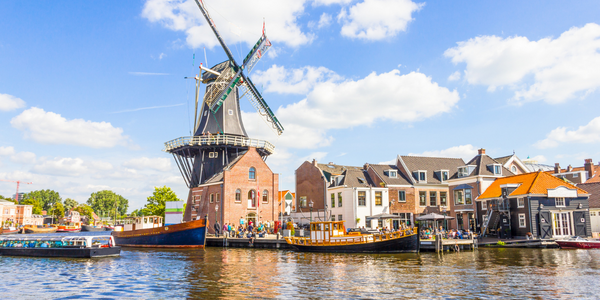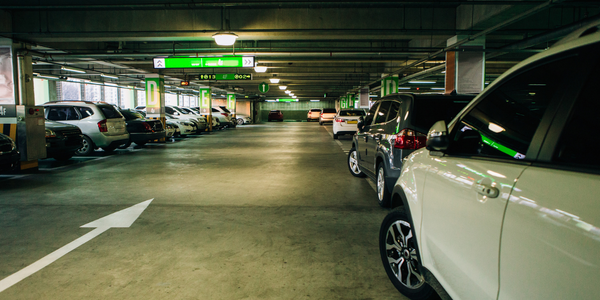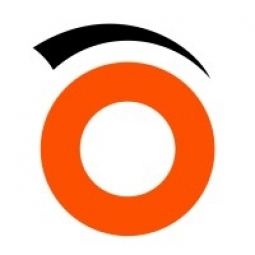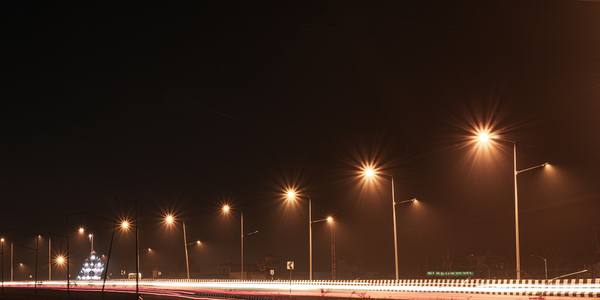Customer Company Size
Large Corporate
Region
- America
Country
- United States
Product
- Zenoss
Tech Stack
- Windows servers
- VMware
- Oracle Real Application Clusters
- AIX
- Linux
Implementation Scale
- Enterprise-wide Deployment
Impact Metrics
- Digital Expertise
- Productivity Improvements
Technology Category
- Analytics & Modeling - Real Time Analytics
- Application Infrastructure & Middleware - Data Exchange & Integration
Applicable Industries
- Cities & Municipalities
Applicable Functions
- Maintenance
- Quality Assurance
Use Cases
- Infrastructure Inspection
- Predictive Maintenance
Services
- Software Design & Engineering Services
- System Integration
About The Customer
The customer in this case study is the State of North Dakota, specifically the Information Technology Department (ITD). The ITD is responsible for the IT operations of nearly all of the state's government entities. This includes providing network access to over 300 geographically dispersed school districts that depend on ITD for hosting a common student information system platform. The IT operations team is also tasked with monitoring presidential and state election services. The ITD operates from the state capital, Bismarck, but also provides services to various regional facilities via a statewide network.
The Challenge
The Information Technology Department (ITD) for the State of North Dakota provides IT operations for nearly all of the state’s government entities. They also provide network access to K-12, Higher-ed, and various regional facilities via a statewide network. The IT operations team was tasked with monitoring presidential and state election services. However, the team faced major obstacles in making intelligent decisions about their IT environment. The tools they had in place were inconsistent among the various platforms and much of the infrastructure had no performance monitoring at all. If a problem arose they did ad-hoc monitoring with system tools but had no real visibility into the past. This made it very difficult to diagnose and apply corrections to application performance problems. They needed a monitoring system in place that would not only track the entire performance of their system over a long period of time, but would also be able to correlate the impact of different services and devices in their infrastructure.
The Solution
The State of North Dakota decided to replace existing limited monitoring solutions from Compuware and HP with a new system that would provide end-to-end visibility. Four companies made the short list – Zenoss, Nagios, Compuware, and HP. After careful review and some internal proof-of-concept deploys, the State of North Dakota decided to go with Zenoss due to the simplicity of the product, agentless monitoring capabilities and the overall data visibility Zenoss provided. The simplicity of the product lent itself to a quick educational curve so several administrators were able to use it compared to the specific training requirements other products required. With hundreds of Windows servers, VMware, Oracle Real Application Clusters, AIX, Linux, and a mainframe, being able to combine data across servers, virtualization farms, storage servers, networking, and applications for easy analysis was a key goal for the new system. Once Zenoss began monitoring the state’s operations, the team immediately benefited from the simpler data collection process.
Operational Impact

Case Study missing?
Start adding your own!
Register with your work email and create a new case study profile for your business.
Related Case Studies.

Case Study
Turning A Stadium Into A Smart Building
Honeywell created what it called the “intelligent system” for the National Stadium in Beijing, China, turning the venue for the opening and closing events at the 2008 Summer Olympics into a “smart building.” Designed by highly controversial artist Ai Weiwei, the “Bird’s Nest” remains one of the most impressive feats of stadium architecture in the world. The 250,000 square meter structure housed more than 100,000 athletes and spectators at a time. To accommodate such capacity, China turned to Honeywell’s EBI Integrated Building Management System to create an integrated “intelligent system” for improved building security, safety and energy efficiency.
.png)
Case Study
Smart Street Light Network (Copenhagen)
Key stakeholders are taking a comprehensive approach to rethinking smart city innovation. City leaders have collaborated through partnerships involving government, research institutions and solution providers. The Copenhagen Solutions Lab is one of the leading organizations at the forefront of this movement. By bringing together manufacturers with municipal buyers, the Copenhagen Solutions Lab has catalyzed the development and deployment of next-generation smart city innovations. Copenhagen is leveraging this unique approach to accelerate the implementation of smart city solutions. One of the primary focus areas is LED street lighting.

Case Study
Buoy Status Monitoring with LoRa
The Netherlands are well-known for their inland waterways, canals, sluices and of course port activities. The Dutch Ministry of Infrastructure indicates that there are thousands of buoys and fixed items in and near water environments that would profit from IoT monitoring. One of the problems with buoys for example, is that they get hit by ships and the anchor cable breaks. Without connectivity, it takes quite some time to find out that something has happened with that buoy. Not to mention the costs of renting a boat to go to the buoy to fix it. Another important issue, is that there is no real-time monitoring of the buoys at this moment. Only by physically visiting the object on the water, one gains insight in its status.

Case Study
Barcelona Case Study
Barcelona’s heavy traffic and its associated high levels of pollution were the primary factors that motivated some companies and universities to work on strategies for improving traffic in the city centre. Bitcarrier is one of the technologies involved in the In4Mo Project, whose main objective is to develop the applications that form the core of smart mobility, one of the fundamental pillars of the smart city concept.

Case Study
China Mobile Smart Parking
Smart Parking, powered by NB-IoT technology, is making it easier for drivers to find free parking spots. Cities can better manage their parking assets and maximize the revenue available to them as a result. Drivers searching for parking create congestion and pollution by circling and hunting for available parking. Smart Parking services are able to significantly ease these problems by guiding a driver directly to a parking space.








